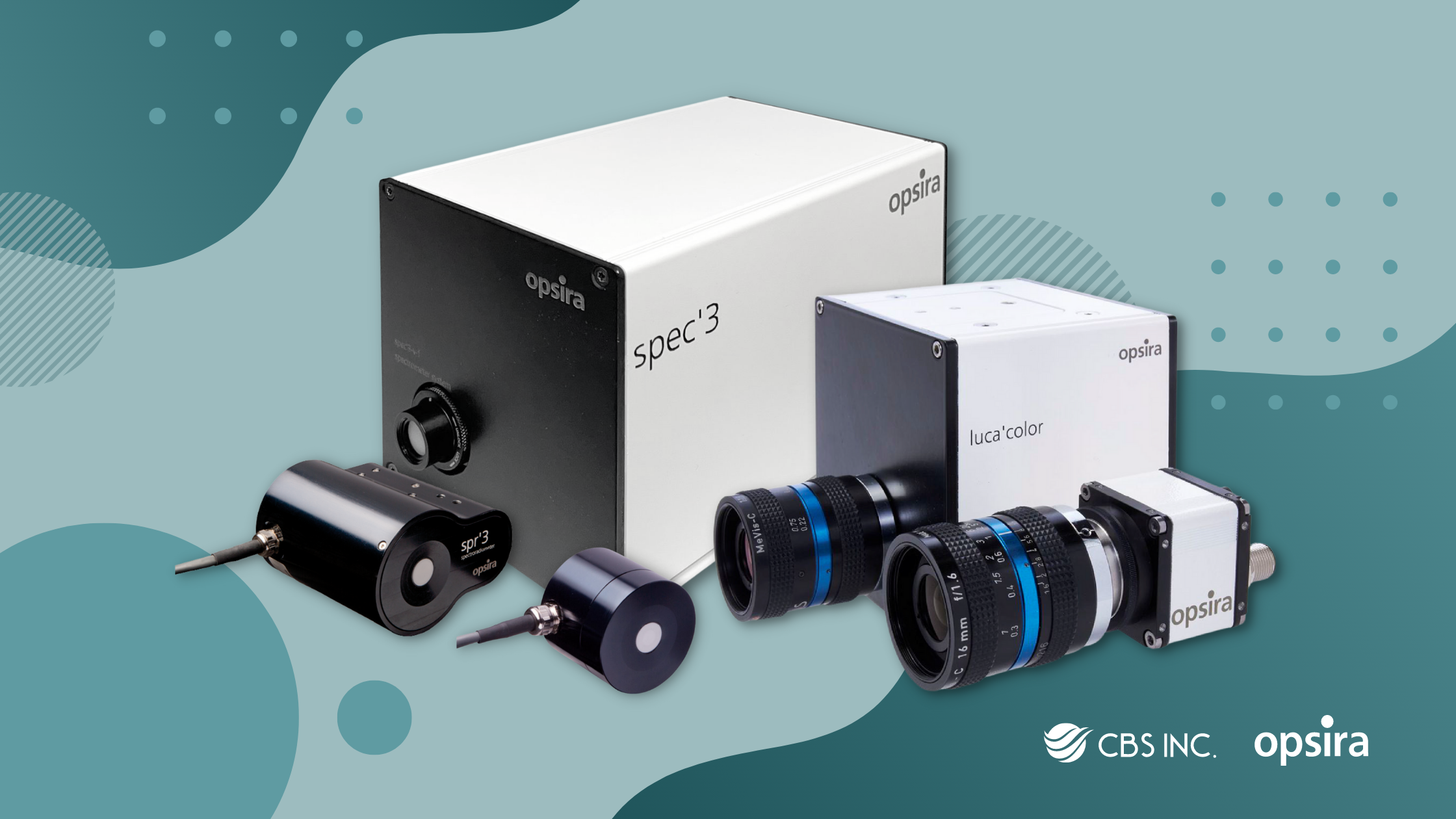Blog



How to Choose The Right Detector?
When using optical measurement systems such as an integrating sphere or a goniophotometer, it’s important that the correct detector is being used. With today's market offering such a wide variety of detectors, it’s hard to know which is best for your light measurement needs. This guide aims to explain the distinctions between detectors in the field of photometry.
Photometers and Radiometers
Radiometer
Radiometers collect electromagnetic radiation, measuring the radiant energy and typically span from near infrared to ultraviolet. Applying filters can further narrow the spectrum being measured within this range for the purpose of producing a more accurate result at those wavelengths Radiometers have applications for both integrating spheres and goniophotometers, for measurements of total radiant flux as well as radiance intensity distributions.
Photometers
Photometers measure electromagnetic radiation from the visible spectrum. They function the same as radiometers with the one distinction that they take into account the photometric response of the human eye. Specifically, the difference between radiometers and photometers is that the photometer's spectral response must follow the CIE Standard Luminosity Function V-curve. This results in sensors that typically come equipped with filters that mimic a V lambda response (allowing them to perform luminous flux measurements).
In general, when deciding between a radiometer and photometer, the main decision lies in the desired measurements. Photometers will provide measurement of luminance and luminous intensity distributions, whereas radiometers will perform irradiance and radiant intensity measurements. Note: photometers are only available in spectral ranges that include the visible spectrum.
Further decisions need to be made when deciding the classification of the radiometer / photometer. This relates to the quality of measurements performed as well as speed. Options include type C, B, A and L photometers with type C being the lowest and type L being top class. These metrics are described in JIS and DIN Standards’ Classification.
Spectrometer and Spectroradiometer

Spectrometer
Spectrometers separate and measure spectral components of a light source. These are capable of measuring in the UV and near infrared regions of the electromagnetic spectrum. When used for visible light, a spectrometer can separate the light and measure individual narrow bands of color. This allows the user to understand the wavelengths contributing to the source's distribution, thus understanding the overall color.
Spectroradiometer
Spectroradiometers are able to measure both the wavelength and the amplitude from a source. This allows the user to understand the spectral distribution as well as the weight of each spectral component contributing to the source’s distribution. Measuring the spectral irradiance adds an extra component of analysis over the spectrometer.
When deciding between a spectrometer and spectroradiometer, it’s important to consider what kind of information you need regarding your source. If you are simply interested in what wavelengths are present ie. produced color, then a spectrometer will do the job. If you are looking to weigh each spectral component, then a spectroradiometer is required.
Luminance Cameras
Luminance cameras are especially useful when combined with a goniophotometer. They allow for measurements of luminance and radiance distributions in the near field. They can come equipped with either a monochromatic or polychromatic detector depending on the application.
For the case of opsira’s luca luminance camera, you can equip up to 10 filter positions allowing for precise measurement of multiple spectral ranges with one device.
